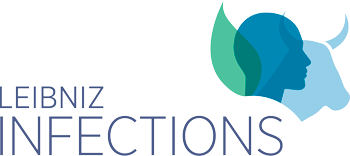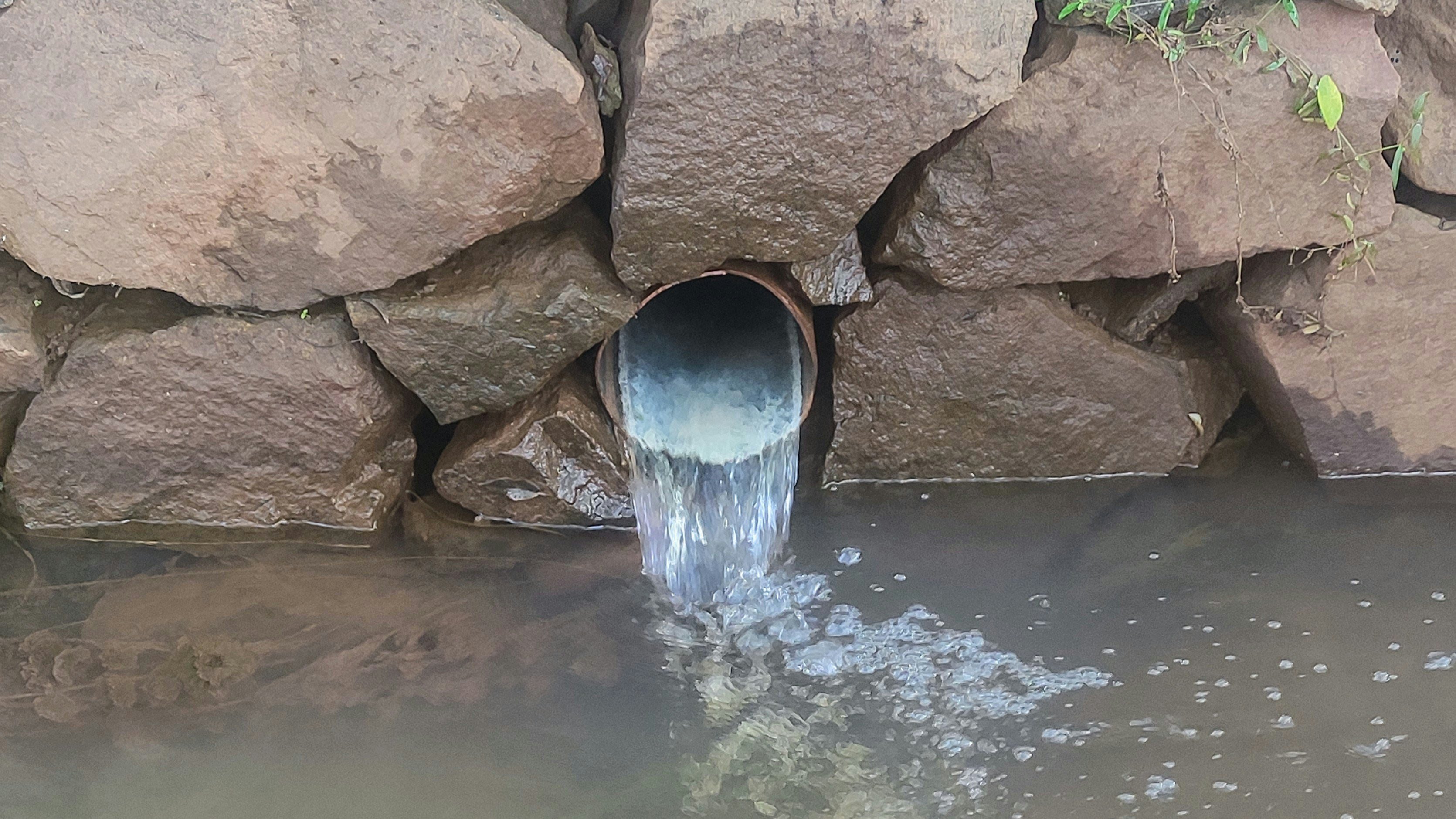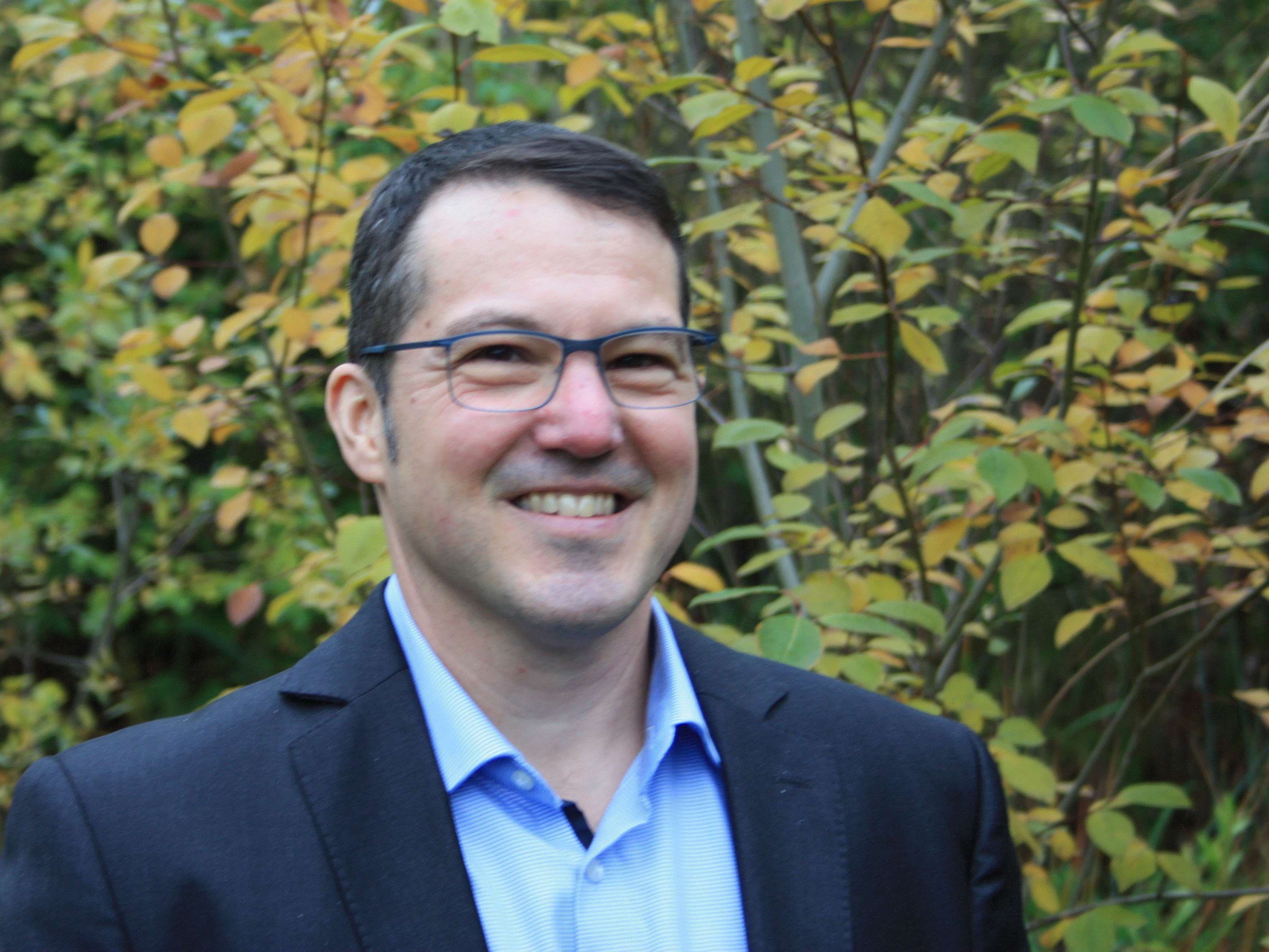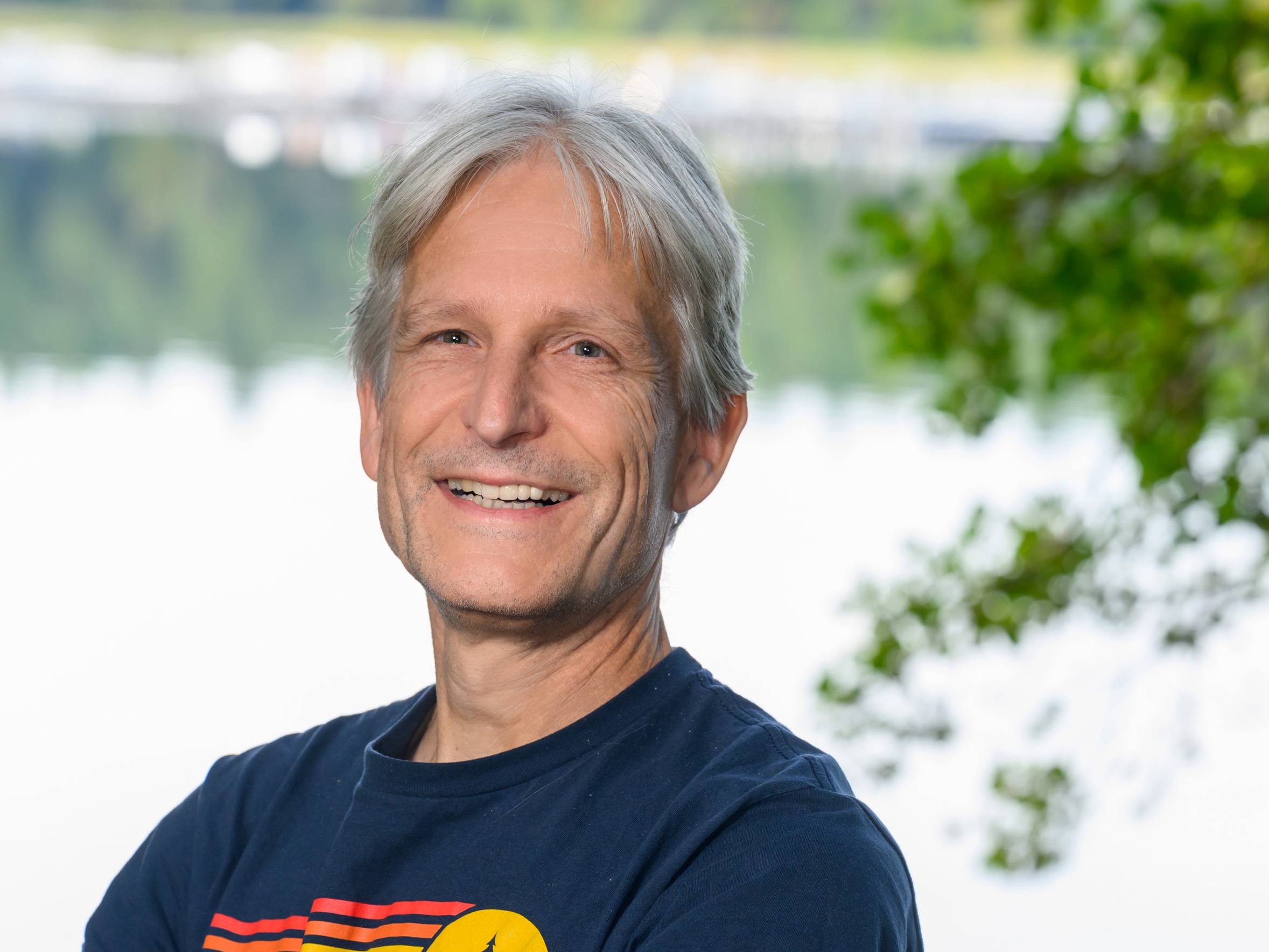It's Oktoberfest time again in Munich. And the approximately six million people at the Theresienwiese are also leaving their mark on the wastewater from sewage treatment plants. A research team from the Leibniz Research Alliance INFECTIONS has taken a closer look at this. In episode 6 of the podcast ‘Mikroben im Visier’, the scientists explain why they did this and what the results were.
Water is a habitat for a variety of microorganisms, some of which may be resistant pathogens. Ponds, rivers and lakes can therefore be an important reservoir for pathogens and antimicrobial resistance. They enter the water via sewage, animals and humans, among other things, from where they can spread further, for example when bathing in the lake or drinking lake water.
The Leibniz Research Alliance INFECTIONS has conducted various projects to investigate the frequency and diversity of antimicrobial resistance in different bodies of water. These projects have identified differences between urban and rural water bodies. The Oktoberfest, which attracts visitors from all over the world, also has an impact. Changes in the composition of antibiotic resistance can be detected. But wastewater treatment in Munich works. However, it is not 100% effective, which means that antibiotic resistance also enters the environment. Why resistance in water is a problem and what the research projects have found out is the topic of this episode of the podcast ‘Mikroben im Visier’ (Microbes in Focus). The hosts Elisabeth Pfrommer from the Robert Koch Institute and Christian Nehls from the Research Centre Borstel, Leibniz Lung Centre, talk about this with Prof. Dr Alex Greenwood from the Leibniz Institute for Zoo and Wildlife Research (IZW) in Berlin and Prof. Dr Hans-Peter Grossart from the Leibniz Institute of Freshwater Ecology and Inland Fisheries (IGB) in Berlin. Both lead projects within the Leibniz Research Alliance INFECTIONS.
Water is a key way to spread and store antimicrobial resistance
Resistant pathogens or resistance genes enter lakes, rivers and even the sea via wastewater from households and hospitals, but also from agriculture and sewage treatment plants, which only partially remove resistant pathogens. This is problematic because these resistances remain permanently in the water. Environmental bacteria can acquire resistance genes from pathogens through horizontal gene transfer. As a result, the environment becomes a reservoir for resistance. This increases the risk of humans acquiring resistance through contact with water (swimming, drinking, irrigation of food).
Studies have shown that the problem is exacerbated by the presence of microplastic particles in rivers and lakes. Biofilms form on the surfaces of these particles, which often have a high density of resistant pathogens and resistance genes.
The good news is that, according to the two experts, drinking water in Germany is of good quality. ‘Drinking water in Germany is treated very well, so the likelihood of direct contamination with antimicrobial resistance is very low,’ says Hans-Peter Grossart.
The podcast “Mikroben im Visier. Infektionen verstehen, Resistenzen besiegen!” (in German) is available on all popular podcast platforms. Click here to go directly to the sixth episode




